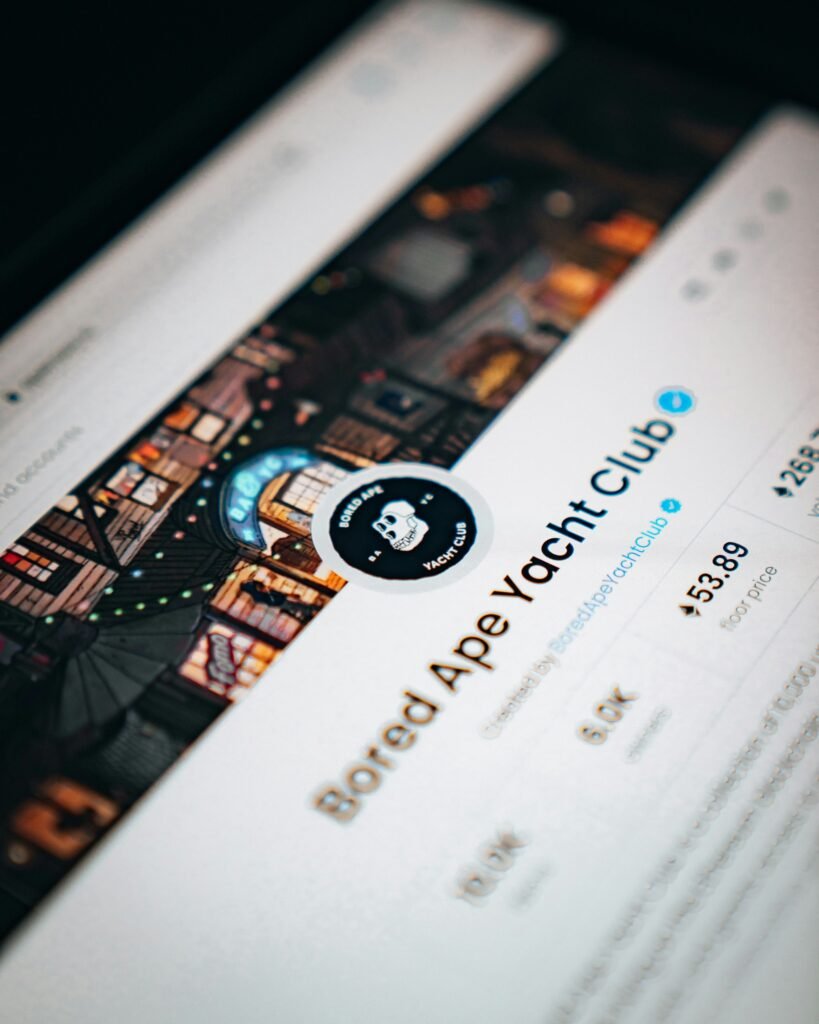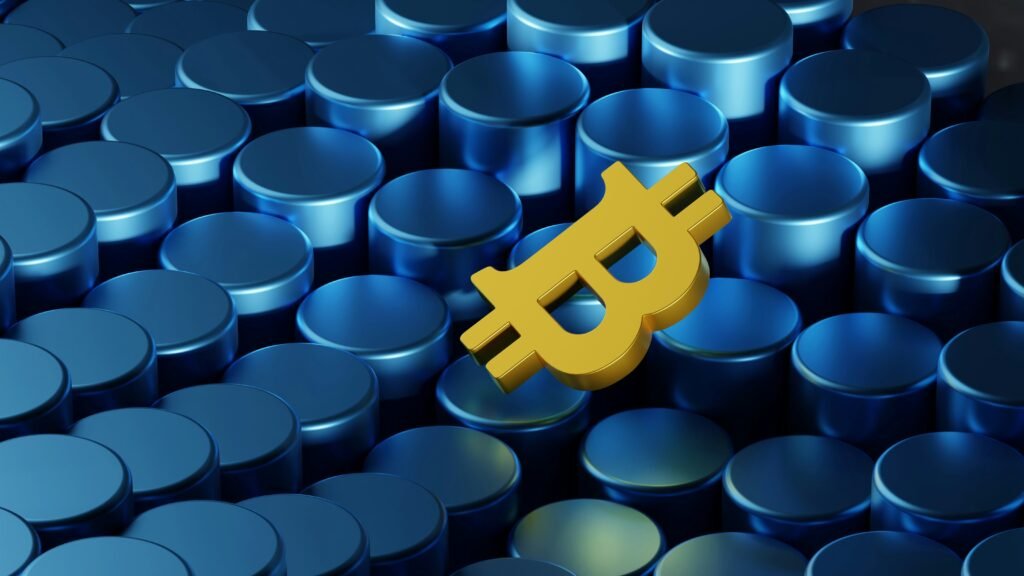Collector Crypt’s tokenized Pokémon cards market exploded this week as demand for tokenized Pokémon cards tied to physical graded packs spiked across the Solana blockchain. The surge, current in early September 2025, sent CARDS token volumes higher and pushed liquidity into new on-chain collectibles markets. Who is involved? Collector Crypt, Pokémon collectors, CARDS token holders, and broader crypto communities. Where? Trades happen on Solana and in global vaults holding authenticated graded cards. How does it work? Users buy digital packs that mint NFTs paired to physical items and can trade, hold, or redeem on demand.
Why tokenized Pokémon cards boom
Tokenized Pokémon cards are rising because tokenization reduces counterfeit risk and unlocks continuous, global liquidity. The Pokémon franchise’s cultural reach makes tokenized Pokémon cards attractive to hobbyists and traders alike. On-chain collectibles that mirror graded physical cards let markets price rarity in real time. That immediate liquidity and transparent provenance contrast with slow, regional auctions and open the market to new buyers.
Collector Crypt and CARDS token
Collector Crypt designed CARDS token to bootstrap inventory with a Metaplex presale and to support a market mechanism backing physical assets. CARDS token proceeds funded graded purchases placed in insured vaults. The combination of a native token and vault custody pushed interest in tokenized Pokémon cards from speculators and collectors who value tradable digital ownership that links to a real card.
How Metaplex presale worked
A Metaplex presale issued CARDS token and used funds to buy verified graded Pokémon cards for the vaults. Each digital pack mints an NFT that represents a 1:1 relationship; buyers receive on-chain proof the asset exists. That clear provenance helped buyers trust that tokenized Pokémon cards were backed by real, graded items and not just speculative images or memetic tokens.
Vaults, 1:1 NFT to physical card
Vaults hold the graded cards that back every 1:1 NFT to physical card in the program. When a collector redeems, the vault ships the authenticated, graded card to the owner, proving the tokenized Pokémon cards system links digital claims to real-world collectibles. Physical redemption and verified custody make tokenized Pokémon cards more than social media hype — they offer practical utility for collectors and traders.
Liquidity and 90% buyback
Liquidity is a core driver: tokenized Pokémon cards trade 24/7, enabling instant price moves and faster portfolio rebalancing. Collector Crypt’s 90% buyback on resale provides a liquidity floor and aligns holder incentives with CARDS token economics. That buyback helped turn curiosity into capital, encouraging more minting and secondary trading for tokenized Pokémon cards and tightening spreads as market makers entered.
What collectors should know
Collectors should verify provenance, review vault terms, and understand how CARDS token governance affects redemption. Not every tokenized Pokémon cards drop has identical grading standards or buyback terms — due diligence matters. Be mindful of smart-contract audits, wash trading risks, and how Solana blockchain performance affects mint days. Long-term value depends on both the physical card quality and the durability of on-chain marketplaces that support tokenized Pokémon cards.
Frequently asked questions about tokenized Pokémon cards (FAQ)
How do tokenized Pokémon cards work?
Tokenized Pokémon cards work by minting an NFT that represents a graded physical card held in a vault. The NFT proves ownership on Solana and can be traded, held, or redeemed for the physical card.
Can I redeem tokenized Pokémon cards for the actual card?
Yes. Most drops tied to vaults allow redemption — the vault ships the graded card after verification. Redemption terms vary, so check CARDS token governance and vault rules before buying tokenized Pokémon cards.
Is the CARDS token model safe?
CARDS token uses Metaplex presale funds to buy real graded cards and backs many trades with a 90% buyback on resale. That design adds a liquidity feature, but safety also depends on audits, custody practices in the vaults, and market behavior for tokenized Pokémon cards.
Where should I trade or store tokenized Pokémon cards?
Trade on reputable Solana marketplaces and store NFTs in a wallet you control. For physical redemption, review vault custody options and shipping processes that support tokenized Pokémon cards.
Sources to this article
defidonkey.com (2025) Tokenized Pokémon cards on Solana spark frenzy with physical redemption. Available at: https://defidonkey.com/en/nft-news/tokenized-pokemon-cards-solana-physical-redemption (Accessed September 2025).



